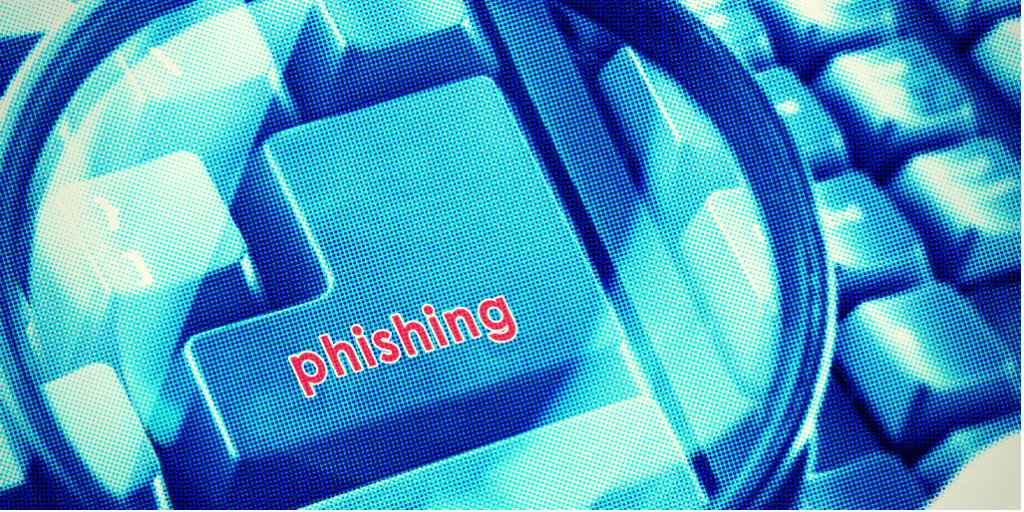Top 10 Anti-Phishing Best Practices


Messages are one of the most popular ways of communication today. Most organizations and firms accept that the simplest method for transferring data is through Emails. According to Business Matters, a leading business magazine in the UK, there are plenty of vital areas in the business world, but there aren’t many more essential or important than Emails. Although Emails has paramount importance in modern day business, the emergence of sophisticated cyber-attacks is very dangerous for this communication method. Malicious actors have developed various phishing assaults which can endanger your business.
In this article, we will gain insight into Top 10 Anti-Phishing best practices that can be exercised in organizations to prevent phishing attacks.
You must not save your private or sensitive data into unprotected machines such as that of presenting in the net cafes or in homes. Doing so can allow bad guys to compromise your data easily.
To secure your PC or corporate critical systems, you need to install a Firewall and Keep it up-to-date to effectively deal with the newly emerging attacks. The cutting-edge Firewall must be introduced on every one of the PCs and Servers installed in your organization. In spite of the fact that Firewall doesn't legitimately avoid spam Emails going into PCs, it shields the representatives from accidentally executing the infection bearing connections or malware. The Firewall blocks are illegitimate traffic penetrating your organizations’ secure network.
In addition, you also need to install an antivirus program on each system. Paying less attention to the unimportant system can introduce loopholes into most critical systems if all systems are connected together through LANs or WANs. However, your antivirus must contain the Email scanning feature.
Always use a strong password. This can be ensured by using a combination of different letters such as alphabets, letters, upper case letters, lower case letters, and functional keys. The minimum strength of your password should be at least 8 characters. Avoid using common passwords such as your birthday, name, date of birth, as well as some common or repeated patterns such as “123456,” or “abcdef.”
One of the common types of phishing attack is sending unknown Emails to the victim. These Emails incorporate unexpected or surprising gifts usually in the form of money. You must not believe such type of offers as they lead to the devastating consequences.
Timely detection of suspicious cyber activities can save your organization from imminent disaster. If you find any malicious or unknown Email (such as that of mentioned in the previous section), you must report immediately to your company’s IT department so that they can take proactive actions to deal with it in a timely manner.
You should not underestimate your spam filter. Filtering spam means moving malicious Emails to a separate folder. In some circumstances, your spam folder performs a false positive, which means having a legitimate Email in the spam folder. Therefore, you should take this situation into consideration and frequently visit your spam folder. Avoid sharing your Email address on unknown or various other commercial websites. Using a third-party spam filter is also a wise approach.
Using pop up windows has become a common method of phishing attacks. Scammers use pop up windows to gain sensitive information. Except for the sites that are trustworthy, you must not enter your confidential information into a pop-up window.
Providing training about phishing attacks is extremely vital for your corporate employees. For example, they must know the consequences of phishing attacks, your company’s Email policies, and some safeguards that can prevent phishing attacks.
Scammers usually penetrate a critical system through hyperlinks or attachments in an Email. These attachments contain malicious content who spread into the system when the user open them or try to see them. In fact, they can install malware or other viruses to your computer. To avoid this situation, you must not open any unwanted hyperlink or unknown attachments.
Fortunately, the SIEM system is very effective against phishing attacks. It also helps analysts to investigate and respond to incidents. You can get deep insight and visibility into phish detected and blocked by SIEM. Having an effective SIEM program ensure that your systems are protected against phishing attacks.
You must not put your sensitive information on a browser showing mere “HTTP” on the address bar. It indicates that the link you are visiting is not secure with appropriate security. To fix this issue, you need to verify “HTTPS” on your browser address bar.
===============
Logsign offers a full-featured, all-in-one SIEM solution that is equipped with Log Management, Security Intelligence, and Compliance. It also delivers great value via clear visualization and a better understanding to organizations. Logsign SIEM can help enterprises to improve their security and business continuity. decreased workload.